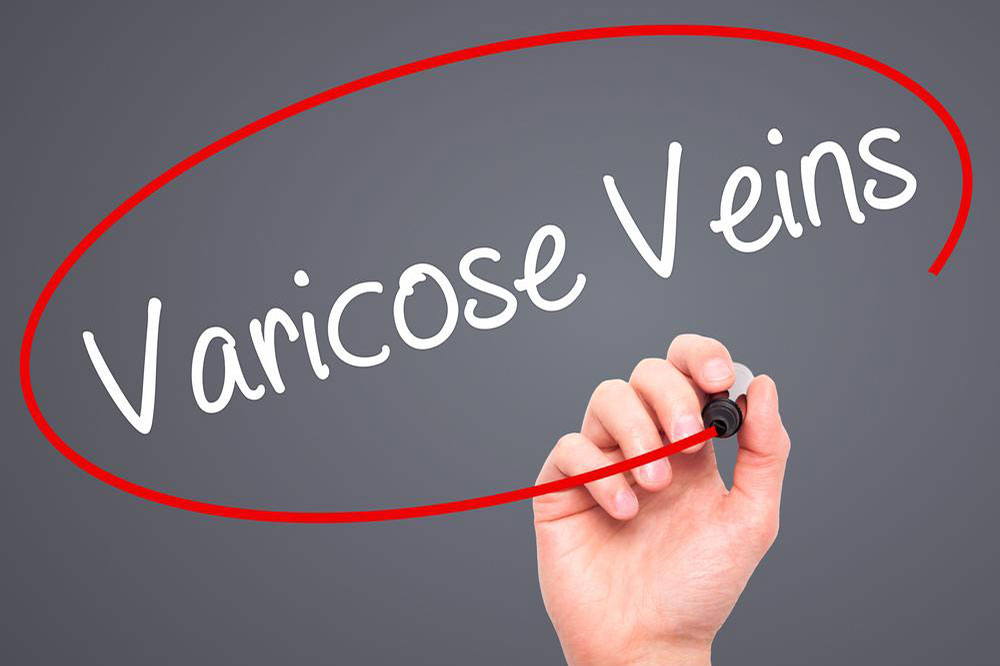
Varicose veins – Causes, risks, and treatments explained
Varicose veins indicate superficial changes on the skin, causing the veins that carry the blood to enlarge and twist. Alternatively referred to as spider veins, it could be nothing more than a cosmetic concern in some cases. For others, the condition may develop into a health complication that requires surgery. These changes mainly develop in the legs. It is possible to manage the condition with simple self-care, lifestyle changes, and long-term treatments.
Here is a comprehensive overview.
- Causes and risk factors
The veins contain tiny valves that open and shut automatically to allow blood circulation. Any damage to these valves interrupts the flow and causes the blood to pool inside the vein. This is one of the leading causes of varicose veins. However, there are a number of other risk factors that can additionally force the veins to stretch or twist due to the pooling. - Age-related wear and tear
As the body ages, the veins may get severely affected due to wear and tear. This can gradually cause the valves to deteriorate, affecting their function. People above the age of 50 should be careful and get immediate medical attention if the symptoms develop. - Gender risk
Women are at a high risk of developing varicose veins due to several reasons. Firstly, changes in hormonal cycles due to menstruation or menopause can cause the vein walls to relax and lower the pressure necessary for circulation. Further, hormone treatments or using birth control also leads to an imbalance in hormonal levels. The condition can also develop during pregnancy as there is increased blood flow in the body to support both the mother and the baby. This increase in volume could trigger the veins to grow. - Leading a sedentary lifestyle
As they say, sitting is the new smoking. Not moving restricts the body’s blood flow and may even cause the blood to pool back into the veins and arteries. Lack of exercise or even basic movement for prolonged periods can lead to health complications that worsen the symptoms of varicose veins. - Family history
The risk of the condition is high among those who have a family history of varicose veins.
Most common symptoms of varicose veins
The symptoms are not consistent as every person experiences a different level of pain and discomfort.
- Visible, misshapen veins
- Changes to skin color in the affected area
- Pain, swelling, and increased pressure around the veins
- Visible sores or rashes on the legs
- A persistent sensation of burning or aching
A physical exam can reveal the extent of the damage done by the veins. Treatment is adjusted accordingly, and in some cases, basic self-care should be sufficient along with a few healthy lifestyle changes.
Complications of varicose veins
Symptoms should not be left unchecked for prolonged periods, triggering associated health complications. These include painful leg ulcers forming in and around the skin where the veins pop out. Also, one might experience persistent leg pain and swelling in the area due to possible blood clots or bleeding due to the skin bursting near the veins triggered by the increase in pressure.
Best prevention techniques
Preventive measures lower the risk, especially among older people.
- Women can avoid wearing heels as the angle of the footwear puts immense pressure on the veins. Flat shoes or slippers will provide better relief while doing activities.
- Doctors may advise the use of compression stockings to promote better blood flow.
- Some lifestyle changes, including having a balanced meal, healthy exercise routine, and regular movement, can also improve blood flow.
Surgery for varicose veins
In some cases, doctors may recommend surgery only if the symptoms are prolonged and cannot be managed with self-care. Popular minimally invasive options include –
- Sclerotherapy or micro sclerotherapy
This procedure involves the use of a liquid or foam injection to block off larger or smaller veins. - Laser or heat ablation
Alternatively, surgeons use high-energy radiofrequency, light energy lasers, or heat to block off veins. - Endoscopic surgery
This surgery includes making small incisions using a probe inserted into the veins to block them off.
The surgeon may also suggest a slightly more invasive surgery called vein ligation and stripping for more severe cases. This procedure is generally done under anesthesia as it includes cutting and removing the damaged veins. However, this is a rare procedure as most cases can be managed with minimally invasive treatments. It is up to the consulting medical professional to advise a course of treatment and post-surgery care, depending on the size and extent of these varicose veins.




